European Hedgehog is considered to be the biggest hedgehog in the world.
Erinaceus europaeus is the formal name for the European hedgehog, which is the world’s biggest hedgehog species. This animal lives at night and is native to Europe. Its range goes from the Iberian Peninsula and Italy to Scandinavia and Russia. It can be found in a lot of different places, like forest edges, fields, and even city parks.
The European hedgehog is easy to spot because of its spiny coat, which helps it stay safe from animals that might try to eat it. These spines are made up of hollow hairs that have been stiffened with keratin. The hedgehog can curl up into a tight ball, and the spines stick outwards, scaring off many would-be attackers. In this blog, we will discuss in more detail the biggest hedgehog in the world.
Table of Contents
A brief overview of the European hedgehog
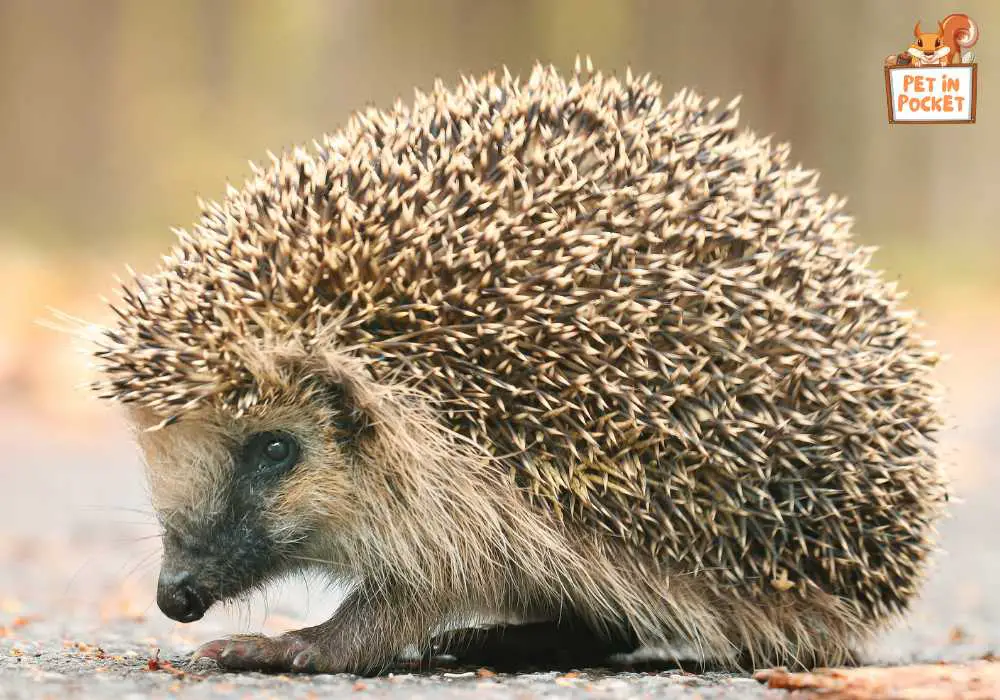
Here’s a table summarizing key information about the European Hedgehog:
| Characteristic | Description |
|---|---|
| Scientific Name | Erinaceus europaeus |
| Common Name | European Hedgehog |
| Size (Length) | About 20 to 30 centimeters |
| Weight | Up to 1 kg (2.2 lbs), some individuals heavier |
| Habitat | Forest edges, meadows, suburban gardens across Europe |
| Diet | Insects, worms, small vertebrates, and some plant matter |
| Lifespan | 2 to 5 years in the wild |
| Defense Mechanism | Curls into a ball with spines protruding outwards |
| Activity Period | Nocturnal |
What does a European hedgehog look like?
European hedgehogs (Erinaceus europaeus) are tiny animals that only come out at night and look unique. Their bodies are round and covered with short, sharp spines or quills, just hairs that have been changed. The tips of these spines are lighter than the rest, making them look like they have spots on them. The hedgehog has softer, furrier hair on its face, belly, throat, and legs. This hair is generally brown or grayish. They have small, pointy faces with bright, wide eyes. Their ears are tiny and are often covered by fur. Their low body shape is helped by the fact that their legs are tiny. Their solid and bent claws are great for digging. When threatened, a European hedgehog can roll into a small ball with spines sticking out in all directions. This is how it protects itself from being eaten. This unique pose keeps their face and bottom, which are weak, safe from harm.
European hedgehogs reside where?
The edges of woodlands are a great place for European hedgehogs because they have both cover from the trees and open grass where they can look for food. Hedgerows are essential for hedgehogs because they let them quickly move from one place to another and provide food and safety.
Hedgehogs find that suburban and urban gardens are important places to live, especially in areas where their natural environments have been cut down. Hedgehogs can find a range of food in gardens, and they can also find places to nest in compost piles, under sheds, or in thick greenery.
What is the diet of European hedgehogs?
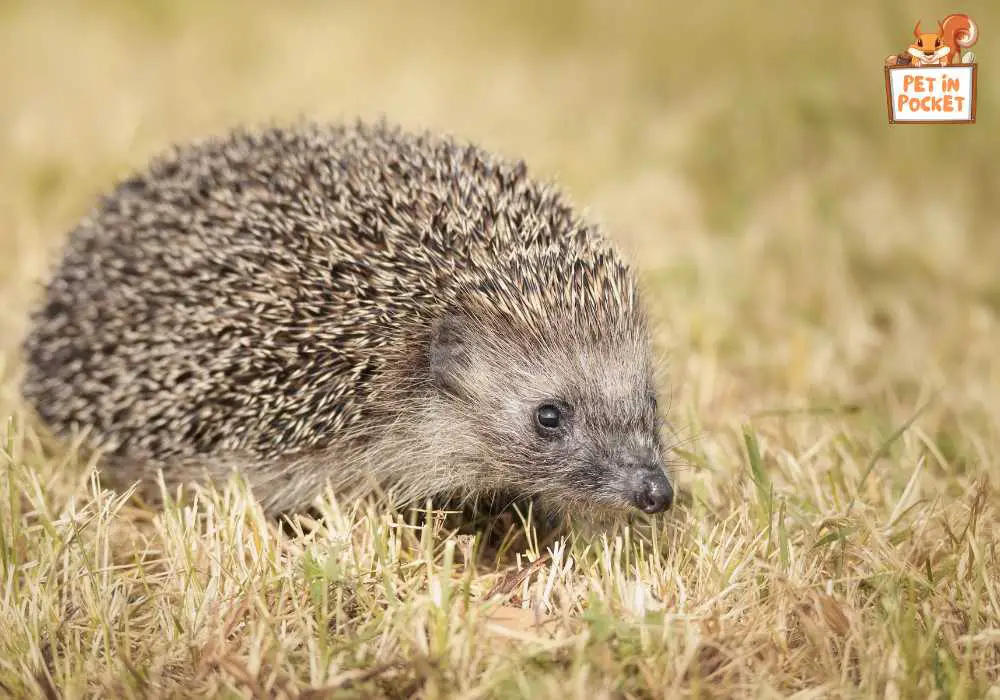
European hedgehogs are attractive garden guests who enjoy a variety of natural delicacies. Invertebrates make up most of its food. Think of it: eating bugs like it’s going through a fast food menu and picking out the tastiest things. Worms from the earth are a wriggly treat that tastes and feels different. Even though they might have parasites, slugs, and snails are also eaten by hedgehogs. This gives them something different to eat at night.
Despite that, the European hedgehog does more. It goes into the more dangerous world of small animals every once in a while. The hedgehog’s flexible eating habits are shown by the fact that it will eat frogs, toads, and even small mice, as well as the odd egg or chick from a ground-level nest.
Even though it eats a lot of protein, the European hedgehog also likes sweet foods like apples, berries, and mushrooms. Not only are these different from regular meals, but they also give them essential minerals.
Are European hedgehogs good pets?
Here are some good things about having a hedgehog as a pet:
| Low Maintenance: | Hedgehogs are pets that don’t need as much care as other animals. They suit busy people because they don’t need as much care or social contact as dogs or cats. |
| Unique and Quirky: | Many people find hedgehogs charming due to their distinctive look and amusing habits. People may like them because they are small and have cute looks. |
| Nocturnal Companions: | If you like being busy at night or are a night owl, hedgehogs can be great pets for you because they are nocturnal and tend to be more active at night. |
| Clean Pets: | Hedgehogs are usually clean pets that groom themselves often. They don’t have strong smells as often as some other pets. |
| Long Lifespan: | If kept as a pet, a hedgehog can live for many years, giving its owner years of company. |
| Fun and Learning: | Having a hedgehog can be fun and learning for kids and adults. People can learn about these fascinating animals and how they usually act. |
| Quiet Pets: | Hedgehogs aren’t very noisy pets, which can be helpful for people who live in homes or other places where noise might be an issue. |
Factors for pet European hedgehogs
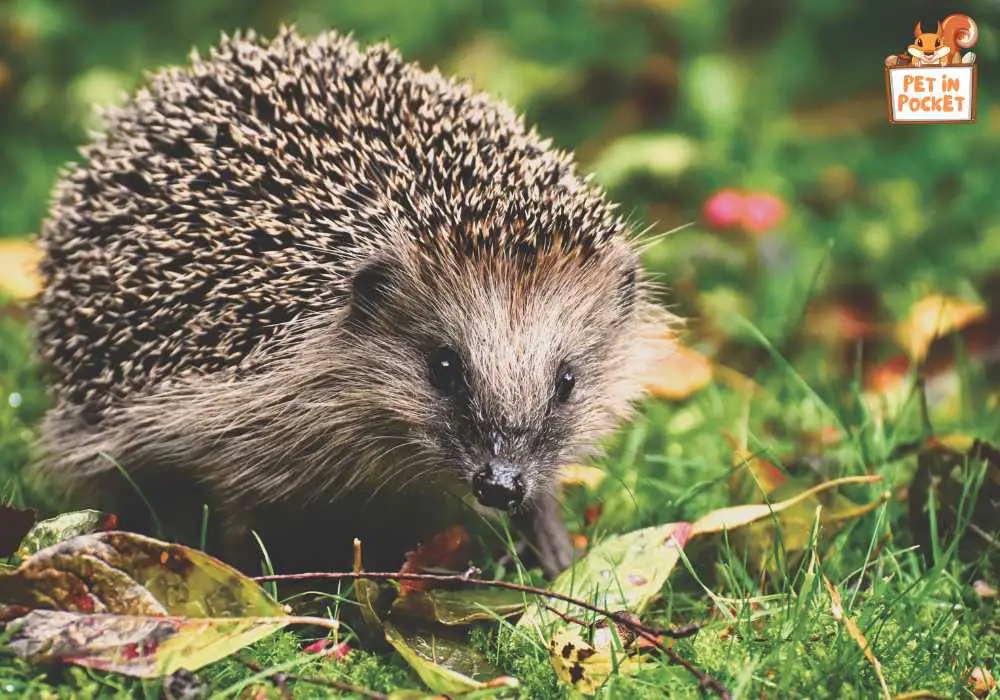
As a pet, having a European hedgehog is a big responsibility that needs a lot of thought and planning. To stay healthy and happy, hedgehogs need certain things to be able to do. If you want to get a European hedgehog as a pet, here are some things you should think about:
Legal requirements:
Find out the neighborhood, state, and national laws about owning a hedgehog. Because they could spread disease or become invasive,
keeping them as pets may be against the law in some places.
Habitat:
Hedgehogs need an excellent place to live. It must be kept in a large box or vivarium with strong walls and a floor. You can give them a place to hide for privacy and lots of things to play with, like wheels, caves, and toys.
Temperature and Lighting:
Hedgehogs can feel temperature changes. Keep the temperature between 72°F and 80°F (22°C and 27°C) and give it a source of natural or artificial light that changes with the seasons.
Diet:
Because hedgehogs eat bugs, their primary food should be high-quality commercial hedgehog food, with real bugs like crickets, mealworms, or earthworms added in occasionally. You should always be able to get fresh water.
Social Needs:
Hedgehogs like to be alone and might be unable to live with other hedgehogs. Please ensure they are in a stress-free space and don’t get too much attention while sleeping during the day.
Veterinary Care:
Find a vet with experience treating hedgehogs and make an appointment for your pet to get regular checkups. There are many health problems that hedgehogs can have, so it’s essential to be ready for possible medical costs.
Handling and Taming:
Hedgehogs can be shy and protective at first, but they can become friendlier with time and gentle handling. Handle them often to help them get used to being around you.
Cleaning and Hygiene:
Clean their living space by cleaning their cage often and giving them new blankets. Hedgehogs can be messy, so you’ll often have to clean up
after them.
Exercise:
Hedgehogs are busy animals that need to be able to run around. Please give them a wheel and other toys to keep their minds and bodies active.
Nocturnal Behavior:
Hedgehogs are primarily active at night, so be ready for them to do things like run on their wheel and explore their area.
Longevity:
European hedgehogs usually live for 3 to 8 years when kept as pets, so be ready for a long-term commitment.
Allergies:
Before taking a hedgehog into your home, ensure that no one in your family is allergic to them or their clothing.
Ethical Considerations:
Consider what it means to keep a wild animal as a pet from an ethical point of view. Hedgehogs are not kept as pets, and there are fewer and fewer of them in the wild in some places.
Before getting a European hedgehog as a pet, you should learn how to take care of them, talk to a vet, and ensure you can meet their needs for the rest of their lives. It can be fun to own a hedgehog, but you must put in a lot of work, time, and money to ensure it stays healthy and happy.
Conclusion
In conclusion, the European hedgehog is unique. European hedgehogs help spread seeds, manage insects, and increase biodiversity in their natural settings. Wildlife enthusiasts and animal lovers enjoy them for their cuteness and intriguing nature. We can protect the European hedgehog and appreciate its role in our planet’s biodiversity as we learn more about these beautiful species and their conservation requirements.
FAQ
How long do European hedgehogs live in the wild?
In the wild, European hedgehogs have an average lifespan of around 2 to 5 years, but this can vary due to predation, habitat quality, and available food sources.
Are European hedgehogs endangered?
While not globally endangered, European hedgehog populations are dropping in certain locations owing to habitat degradation, road fatalities, and other challenges. Conservation efforts are in place to protect these hedgehogs and their habitats.
Do European hedgehogs hibernate?
Yes, European hedgehogs are known to hibernate during the winter months. They hibernate to preserve energy when food is limited and temperatures dip.
Who is the fattest hedgehog in the world?
Arbuckle may be the world’s fattest hedgehog. The 2.335kg (5lbs) creature was four times the size of a hedgehog.
Can European hedgehogs be kept with other pets like cats or dogs?
European hedgehogs should not be around cats or dogs since these bigger pets may harm them.

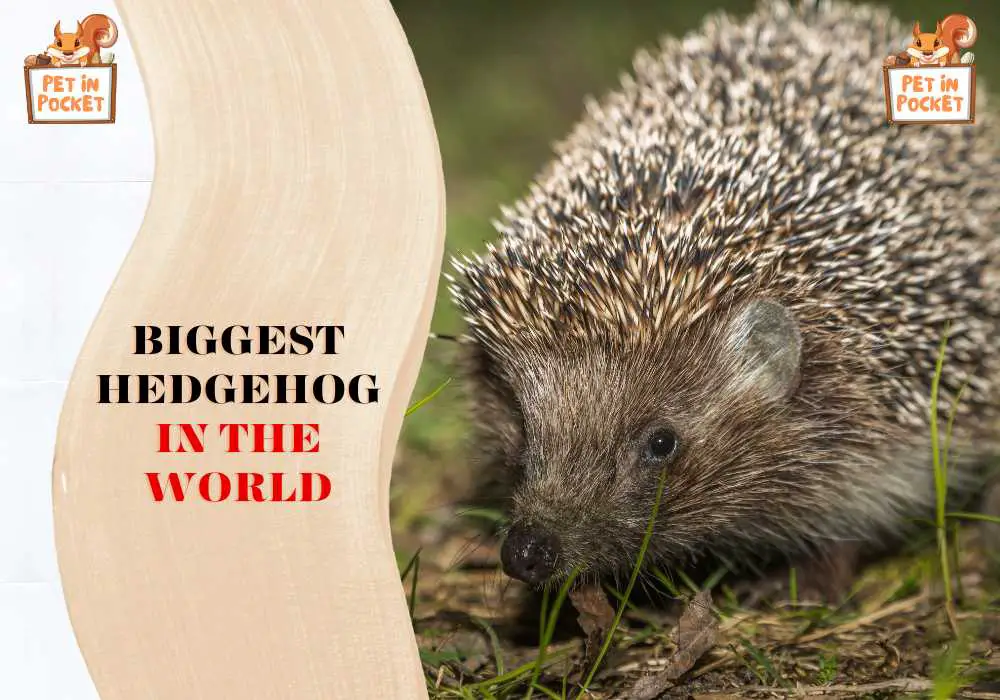



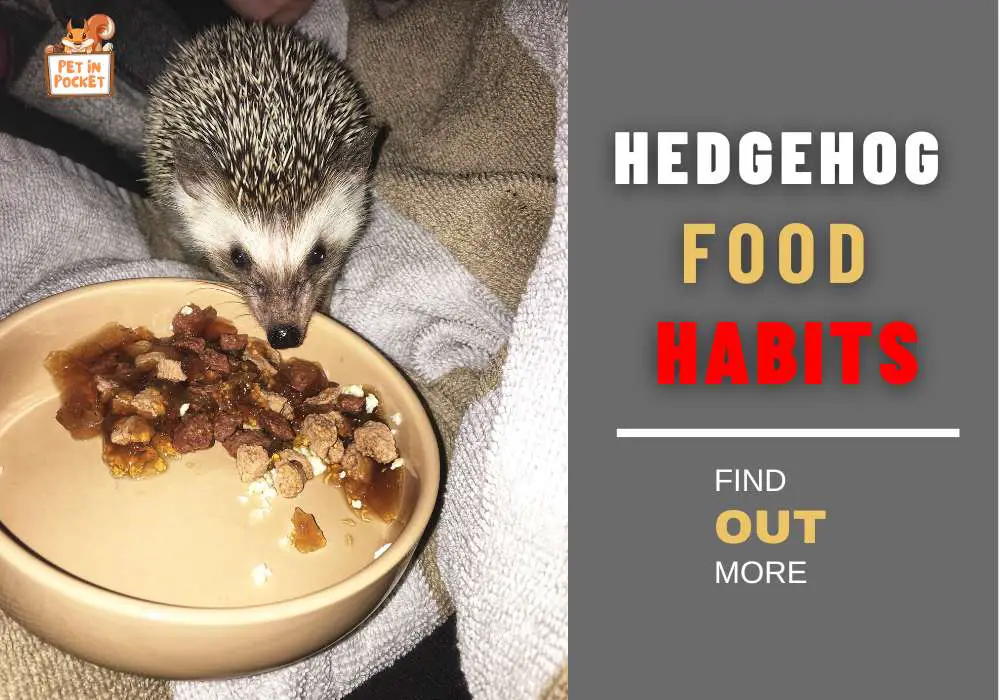
Leave a Reply